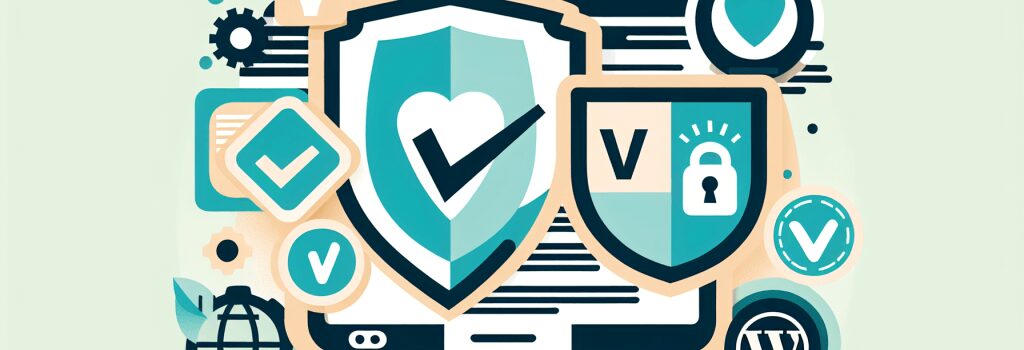WordPress Maintenance Guide: Keeping Your Website Healthy and Secure

Maintaining a WordPress website is paramount to ensure its operational health, security, and overall performance. This guide will provide you with essential tips and best practices on how to keep your WordPress site running smoothly and securely.
Regular Updates Are Critical
Keep WordPress Core, Themes, and Plugins Updated
One of the simplest yet most effective ways to maintain your WordPress site is by regularly updating the WordPress core, along with any themes and plugins you use. These updates often contain security patches, bug fixes, and new features that can enhance your website’s functionality and protect it against vulnerabilities.
– WordPress Core: WordPress releases core updates frequently. Always ensure you have the latest version installed.
– Themes and Plugins: Like WordPress core, themes and plugins frequently receive updates. Only keep plugins and themes you actively use, and make sure they are from reputable sources.
Perform Regular Backups
Backup Your Website Consistently
Having a recent backup of your website is crucial in case anything goes wrong. You can use various plugins or your hosting provider’s tools to schedule automatic backups. Ensure you are backing up both your site’s files and its database.
– Test Your Backups: It’s not enough to just have backups; you must also ensure they work by testing them regularly.
Focus on Security Measures
Implement Strong Security Practices
Securing your WordPress website is not something to be taken lightly. Here are a few tips to improve your site’s security:
– Use Strong Passwords: Ensure all accounts have strong, unique passwords.
– Install a Security Plugin: Security plugins can help block malicious attacks and monitor your site for unusual activity.
– SSL Certificate: An SSL certificate encrypts data between your server and users’ browsers, crucial for all websites.
Optimize Your Website’s Performance
Keep Your Site Running Smoothly
A well-optimized website provides a better user experience and can improve search engine rankings. Consider the following for enhancing your site’s performance:
– Optimize Images: Use image optimization plugins to reduce file sizes without losing quality.
– Caching: Implement caching to speed up load times for your visitors.
– Database Optimization: Regularly clean your database of unnecessary data like old revisions or spam comments.
Stay Engaged with the WordPress Community
Leverage Community Knowledge and Resources
The WordPress community is an invaluable resource for anyone running a WordPress site. Participating in forums, attending WordCamps, and staying updated with WordPress news can provide you with tips, solutions to common problems, and innovative ideas for your website.
– Follow WordPress Blogs and News: Keep abreast of the latest in WordPress by following popular blogs and news sites focused on WordPress development and security.
Conclusion
Maintaining a WordPress website effectively requires a proactive approach to updates, backups, security, and optimization. By implementing the practices outlined in this guide, you can significantly reduce the risk of security breaches, improve your site’s performance, and ensure a superior experience for your visitors. Remember, website maintenance is an ongoing process, and staying informed about best practices and emerging threats is key to keeping your WordPress site healthy and secure.


